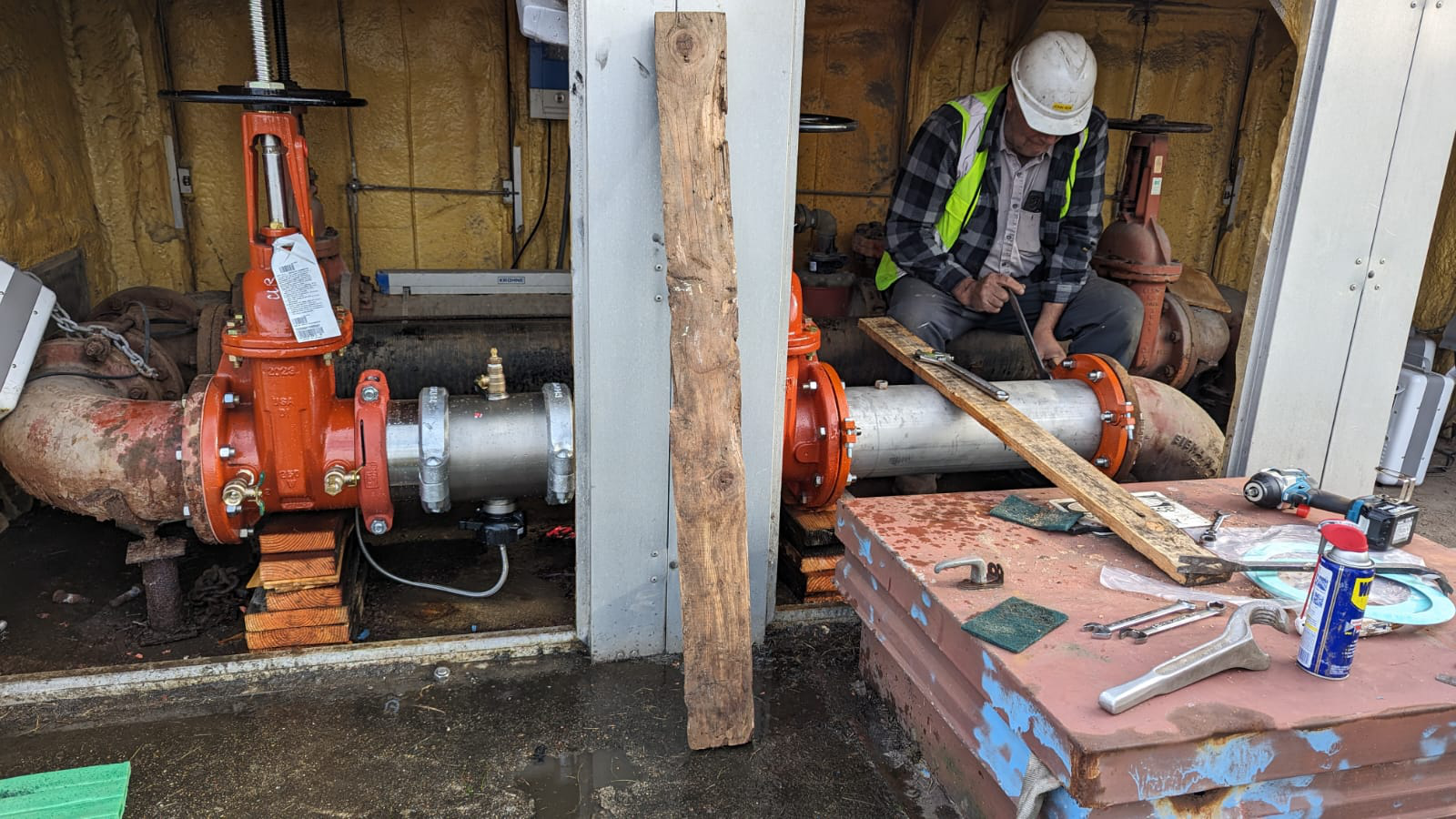No Backflow anymore- A Guide to RPZ Installation Near You

You take a sip of water, expecting to quench your thirst, but instead, you get a disgusted taste. Do you know why? It is because of backflow that the unwanted flow of dirty water turns the clean drinking water supply into a plumbing nightmare.
Backflow issues pose a serious threat to the safety of our water supply. Fortunately, a reliable solution is Reduced Pressure Zone (RPZ) devices. In this guide, we’ll walk you through the basics of RPZ installation, why it’s crucial, and how to find the right Backflow Experts in NJ
Before we dive into RPZ installation, let’s understand what backflow is. Backflow occurs when contaminated water flows back into the clean water supply. It can happen due to changes in pressure, putting the water we use daily at risk of contamination from pesticides, fertilizers, and other pollutants.
Here’s how it works like a charm:
- Regular water flow: City water, fresh and clean, happily gushes through the RPZ valve and into your pipes. All is well!
- Pressure drop: A leak or some other plumbing hiccup causes the pressure in your pipes to drop.
- Check valve to the rescue: The RPZ valve senses this pressure drop, and BAM! A spring-loaded check valve inside slams shut, blocking any dirty water that might try to sneak back into the clean supply.
It’s like having a silent guardian standing guard at your water entry point, ensuring your family gets the cleanest water 24/7. Now, that’s something to smile about!
RPZ Installation Basics:
RPZ installation may sound complex, but it’s a straightforward process when handled by a certified professional. Here’s a step-by-step breakdown:
- Assessment:
A certified backflow expert will assess your property to determine the most suitable location for the RPZ device. This assessment ensures optimal functionality and compliance with local regulations.
- Device Selection:
Various types of RPZ devices are available, and the selection depends on factors such as the level of protection required and the specific needs of your property. Your chosen expert will guide you through the options to make the best decision for your situation.
- Installation Process:
The actual installation involves connecting the RPZ device to the main water supply. It is a meticulous process that requires precision to ensure the device functions effectively. Professionals use specialized tools and equipment to complete the installation efficiently.
- Testing and Certification:
After installation, the RPZ device undergoes rigorous testing to meet the required standards. Once the device passes the tests, it will receive certification, indicating it is ready to safeguard your water supply.
Choosing the Right Professional:
If you are in search of ‘RPZ Installation near me’, then consider the following tips:
- Certification: Ensure the professional is certified and has the necessary qualifications to perform backflow prevention services.
- Experience: Look for a service provider with a proven track record in RPZ installations. Experience matters when it comes to ensuring the effectiveness of the device.
- Local Compliance: Verify that the chosen expert is familiar with and adheres to local regulations regarding backflow prevention. Compliance is essential for the safety and legality of the installation.
The Cost of Stopping Backflow:
How much will this water-saving superhero cost you? It depends on a few factors, like the size and type of valve needed, the complexity of the installation, and the local rates. Generally, you can expect to pay between $500 and $1500 for installation. Think of it as an investment in your health, safety, and clean water for years to come!
Bonus Tips for Backflow-Free Bliss:
- Regular checkups are key: Get your RPZ valve tested regularly according to local regulations and the manufacturer’s recommendations. It’s like a doctor’s appointment for your water flow!
- Keep a maintenance log: Track inspections and repairs in a logbook. This way, you’ll always know your RPZ valve is in tip-top shape.
- Listen to your pipes: If you notice any changes in your water pressure or quality, don’t be shy; call your plumber immediately. Early detection is critical to keeping backflow at bay!
In conclusion, RPZ installation is vital in preventing backflow incidents and protecting our water supply. By understanding the basics of the installation process and choosing the right professionals, you contribute to your community’s overall safety and well-being. Take action today to stop backflow and ensure clean, safe water.
Leave a Reply